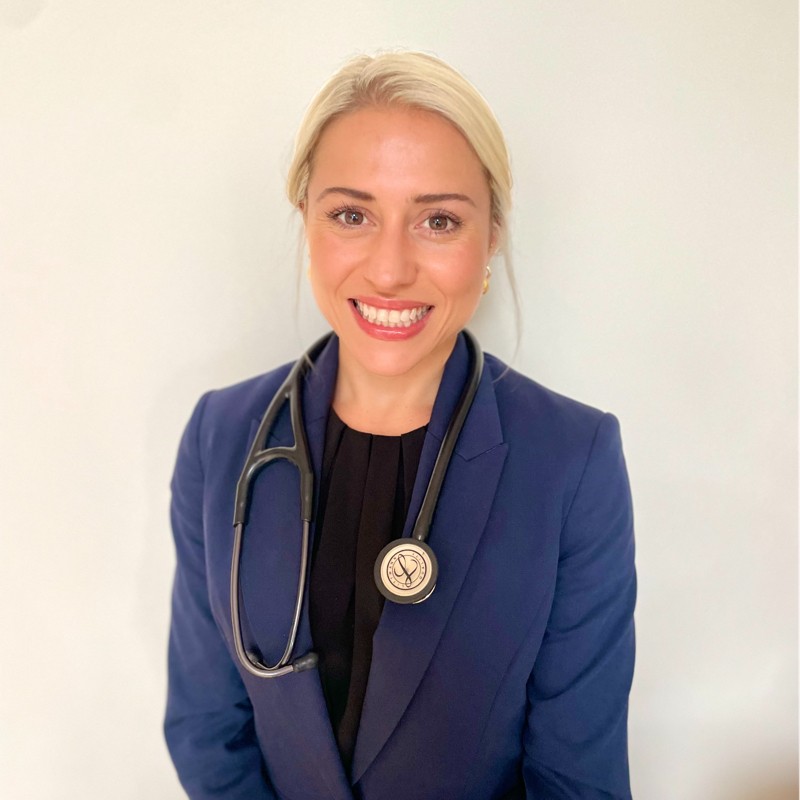
Dr Emily Lawton
A Respiratory Rapid Access Service (RRAS) in Adelaide which provides urgent access to specialist review and ongoing patient management in the community is reducing ED presentations and hospital admissions.
Speaking at TSANZSRS 2024, Dr Emily Lawton presented 12-month data from the RRAS which also found that patients were overwhelmingly positive about the service.
A survey of the patient experience found 99% thought the RRAS was a suitable alternative to the ED and 99% were confident using the RRAS again.
Dr Lawton, from the Royal Adelaide Hospital and University of Adelaide, said the RRAS initially ran on a part-time capacity from February – October 2023 then expanded to four dedicated respiratory consultant and nurse clinics per week from October.
Approved pathways to RRAS include direct patient contact with a RRAS triage phone monitored Monday-Friday 8am-5pm, specialty or ED referral.
Patients are reviewed within 2-72 hours depending on triage acuity, with an option for telehealth for regional patients.
She said the service both facilitated early inpatient discharge and expedited review of urgent referrals, including new symptomatic malignancy.
Over 12 months, the RRAS had facilitated about 100 early discharges and saved 107 ED days/2,580 ED hours and 1,120 occupied bed-days.
“I think our service is really unique in that it’s medical-led. There are lots of other services that are nursing-led but because ours is led by a respiratory physician, we’re able to instigate and order urgent specialist procedures investigations and a specialised, individualised care plan for the patient that we can then oversee in the community,” she told the limbic.
Dr Lawton said they had envisaged the patients would be predominantly COPD exacerbations.
“We actually have seen a huge number of symptomatic malignancies, so new haemoptysis, chest pain, real rapid decline and we’ve seen these patients quickly. And we think that we’ve actually reduced time to diagnosis in our cancer cohort because at the time of review I can assess the patient, order a scan and preemptively order a bronc for the next day. So we’ve expedited interventional procedures quite significantly.”
“The other cohort, which we weren’t necessarily expecting was pleural disease…. for example, being able to surveillance them rather than putting a drain …as well as symptomatic effusions, again, being able to organise chest X-ray, review and an aspirate all in the same day for them is really beneficial.”
“The idea is that it should be streamlined and coordinated care for the patient. We want to make it easier for them, not more difficult.”
Dr Lawton said feedback showed patients were reassured by the feeling of a safety net around them.
“They’ve got a phone number and, as amazing as our ED physicians are, patients feel really reassured that they go and see a respiratory specialist who understands the complexity of their condition.”
She said she is hoping the service can expand to monitoring the triage phone out-of-hours.
“And then the idea is we actually need some more people on board – [for example] if we link directly with the ambulance service then the paramedics can actually call us when they get to see a patient known to the service.”
“For example, Mr. Jones has really bad COPD…we could give some advice and then see the patient in our clinic within 24 hours and then they don’t get brought to ED, they don’t have that scary ambulance ride, they have the reassurance from us.”
Dr Lawton said the cost of the service was offset by significant direct savings in terms of reduced inpatient separations and average length of stay. It also freed up hospital resources for other patients who did require inpatient care.